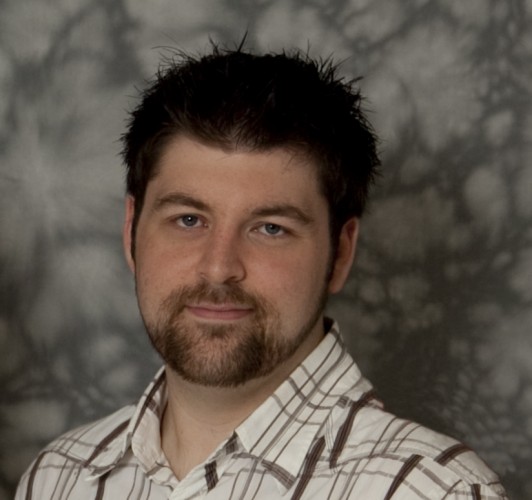Last week, Laura Crane Trust, a non-profit which provides support to teenage and young adult cancer patients in the U.K., had decided to build its virtual world in OpenSim.
Jonathan Tyreman, the charity’s online development coordinator, originally wanted to go with Second Life but decided to recommend OpenSim to the trustees instead because Second Life was closing down its Teen Grid, and the charity would not be able to serve a key target group. In addition, OpenSim would allow the charity to have as many as 16 regions for the price of one in Second Life.
Since then, however, the charity’s trustees have decided to go with Second Life and focus on the older cancer patients — a decision they came to before Linden Lab announced yesterday that they would be allowing the youngest teenagers in Second Life after all, under some restrictions.
The main reason? The credibility of the companies behind the two platforms and the support available.
“It all seemed to be going in favor of OpenSim,” said Tyreman. “That was what I recommended over Second Life — and still do, actually, and speaking to some of the trustees individually it seemed like their choice, too.”

But after Tyreman put together a report with the advantages and disadvantages of the Second Life and the OpenSim alternatives, the trustees voted and chose Second Life.
“They felt that Second Life had moved on further, while OpenSim was just open source software,” he said. “If we do get a problem with it we can just go back to one company — Linden Lab — and not between OpenSim developers, who may or may not help, and the hosting company of the virtual world.”
The Trust has put in its order for a region in Second Life, he said.
“Hopefully, very soon, we will be the owners of our own virtual island and the proper building can begin,” he said.
Now that Linden Lab has said it will allow younger users on the platform, the Trust will have to decide which age group to focus on. Currently, the organizations serves patients as young as 13 and as old as 24.
Under the new Linden Lab rules, teenagers aged 13 to 15 would not be able to mix with older residents, and will be confined to the regions owned by their sponsoring organizations.
“We would not really want children as young as 13 mixing with 24-year-olds,” Tyreman said. “So we need to decide, do we go for the older group — like we would have been had not Linden Lab announced this — or do we now go for a younger age group initially?”
Second Life has become a familiar destination for fund-raisers. This summer, for example, the American Cancer Society’s Relay for Life in Second Life raised almost a quarter million dollars.
But the Chat-World project would be the world’s first virtual environment dedicated to the people the charity supports, according to the Laura Crane Trust.
The Trust funds ongoing cancer research, specifically into cancer in teenagers and young adults, where cancer often strikes in its rarer and more complex forms. The trust also funds various measures to improve the lives of these young cancer patients whilst they are undergoing treatment. Visit Chat-World for more information about the Trust’s virtual world project or to make a donation.
- OSgrid back online after extended maintenance - April 16, 2025
- Analysts predict drop in headset sales this year - March 25, 2025
- OSgrid enters immediate long-term maintenance - March 5, 2025
